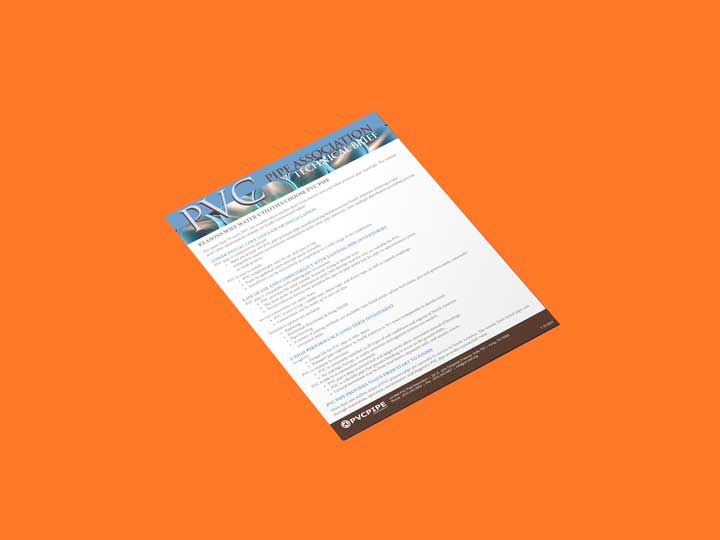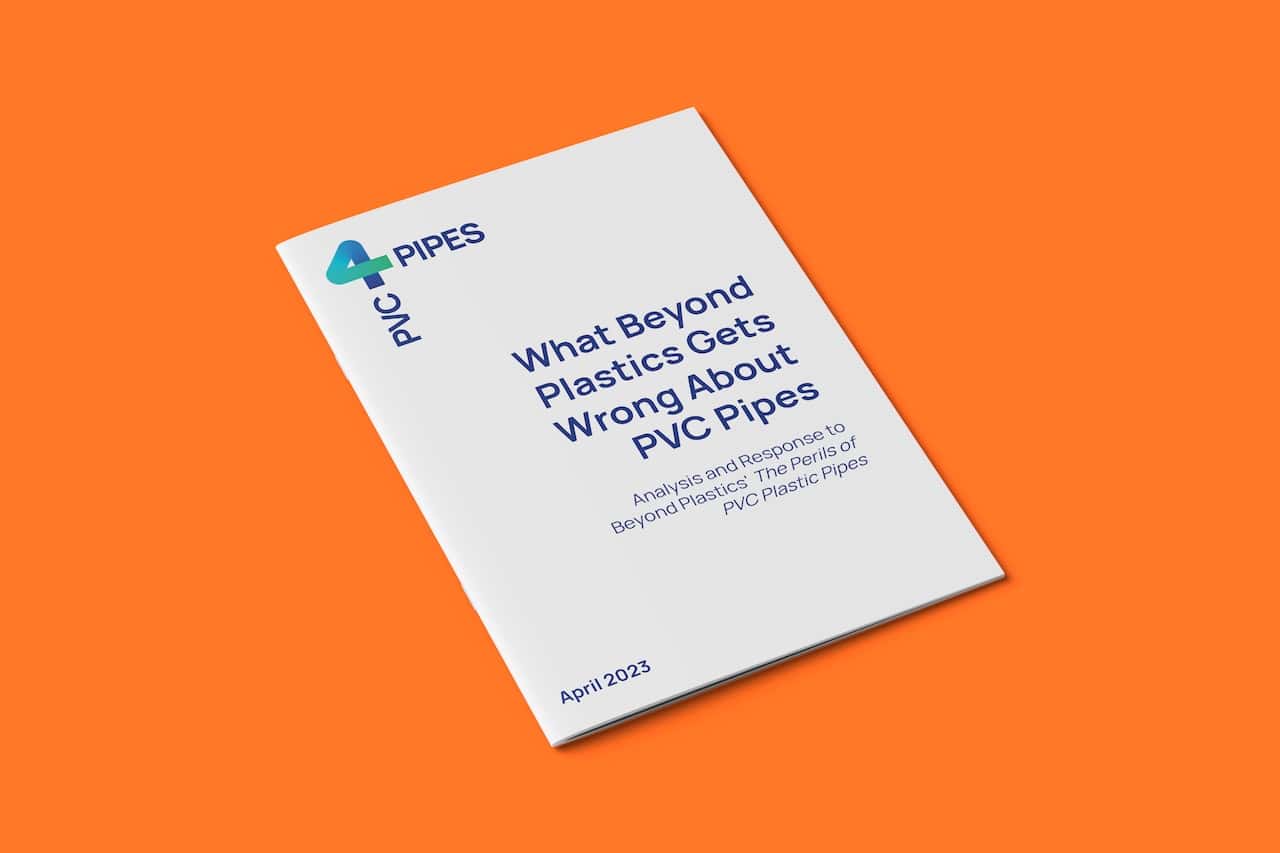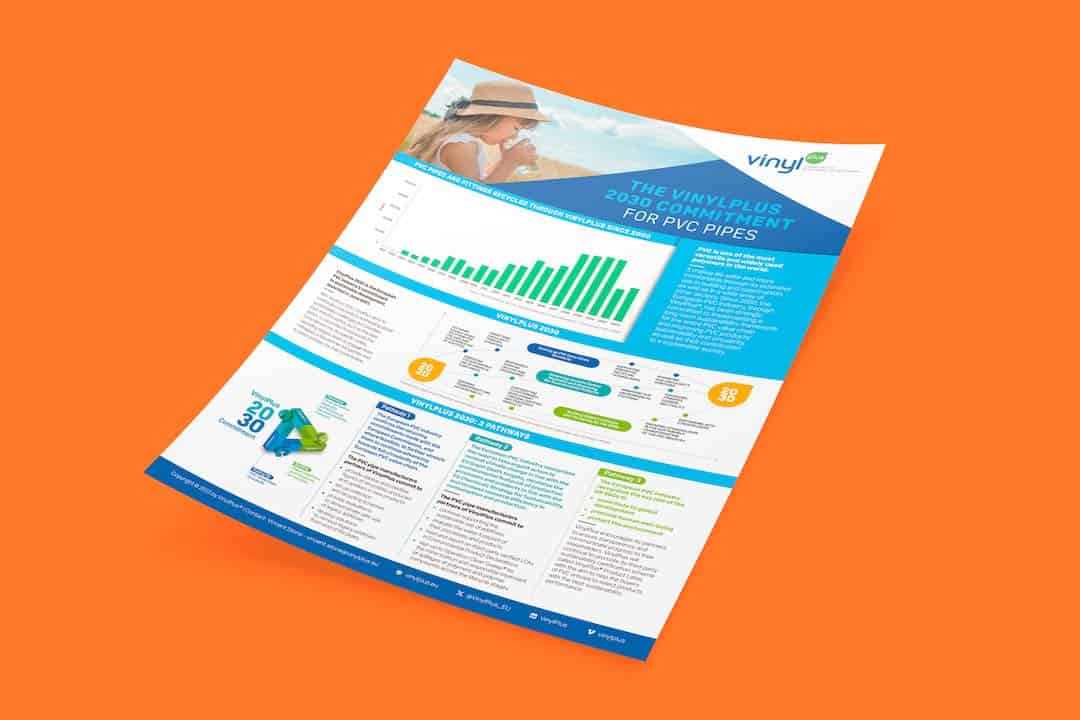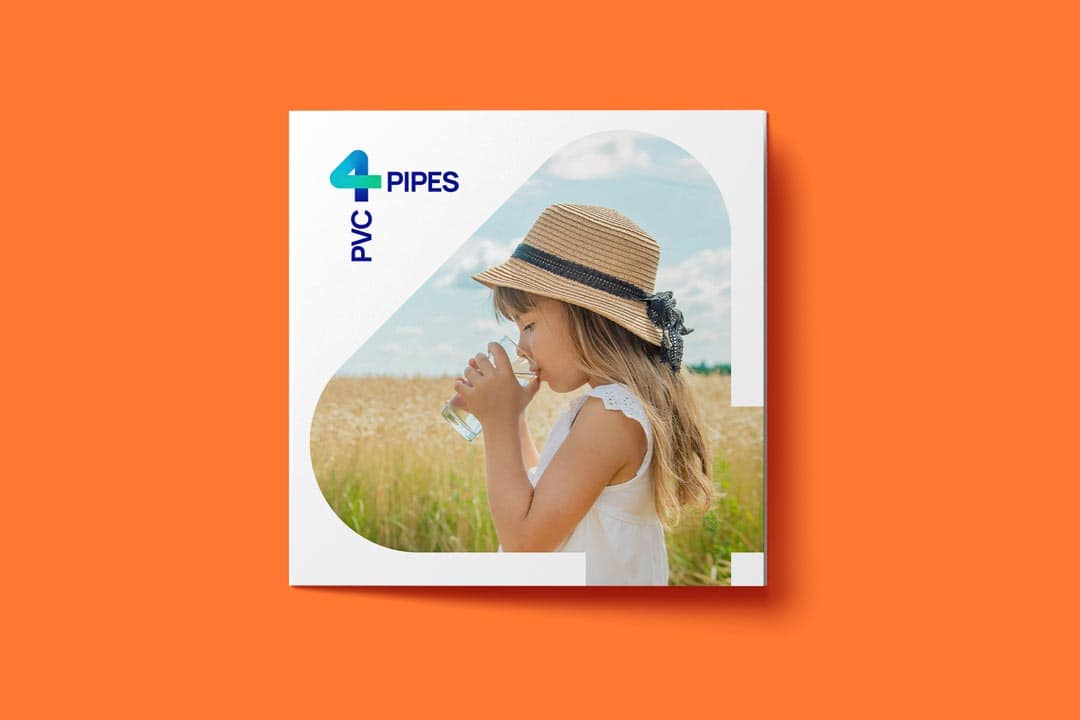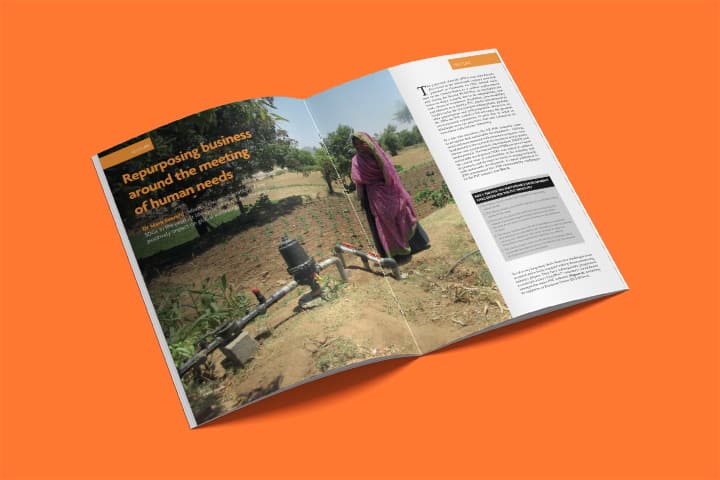
Hydrogen Permeation of PVC-O Pipe and Coupler at Different Temperatures

Meeting the European Nordic Quality Requirements for PVC Pipes with Recycled Material
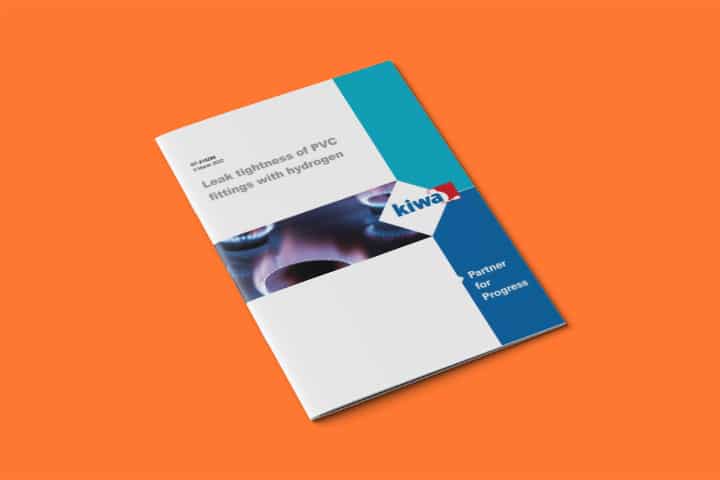
Leak Tightness of PVC Fittings with Hydrogen

Lifecycle Cost Benefits of PVC-U Pipes in Europe
Discover the competitive edge of plastic pipes in water and sewer networks, emphasising their superior performance-to-cost ratio and environmental benefits. Lifecycle cost data, utilizing the Total Cost of Ownership (TCO) analysis since the late 2000s, aids European network owners in selecting cost-effective materials.
Highlighting PVC-U's advantages, the analysis extends to a Cost-Benefit Analysis (CBA) evaluating recycling's financial benefits over incineration and landfilling, based on OECD methodology, showcasing insights from Germany and Italy.
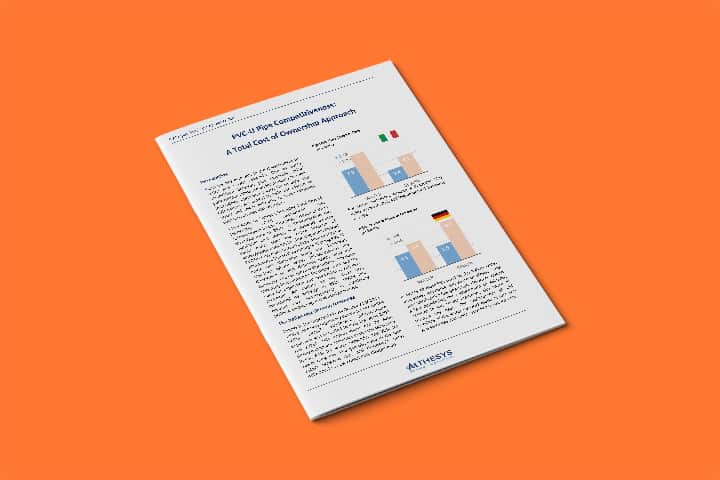
PVC-U Pipe Competitiveness: A Total Cost of Ownership Approach
The Milan-based consultancy Althesys has conducted a Total Cost of Ownership (TCO) analysis comparing unplasticised PVC (PVC-U) to other non-plastic materials for water and sewer pipelines lines. The analysis considered the costs to purchase pipes, install, operate and maintain and dismantle the pipeline. PVC-U pipes show significant economic advantages over ductile iron and glass fibre polyester (GRP) in water lines and concrete or clay in the sewer lines.
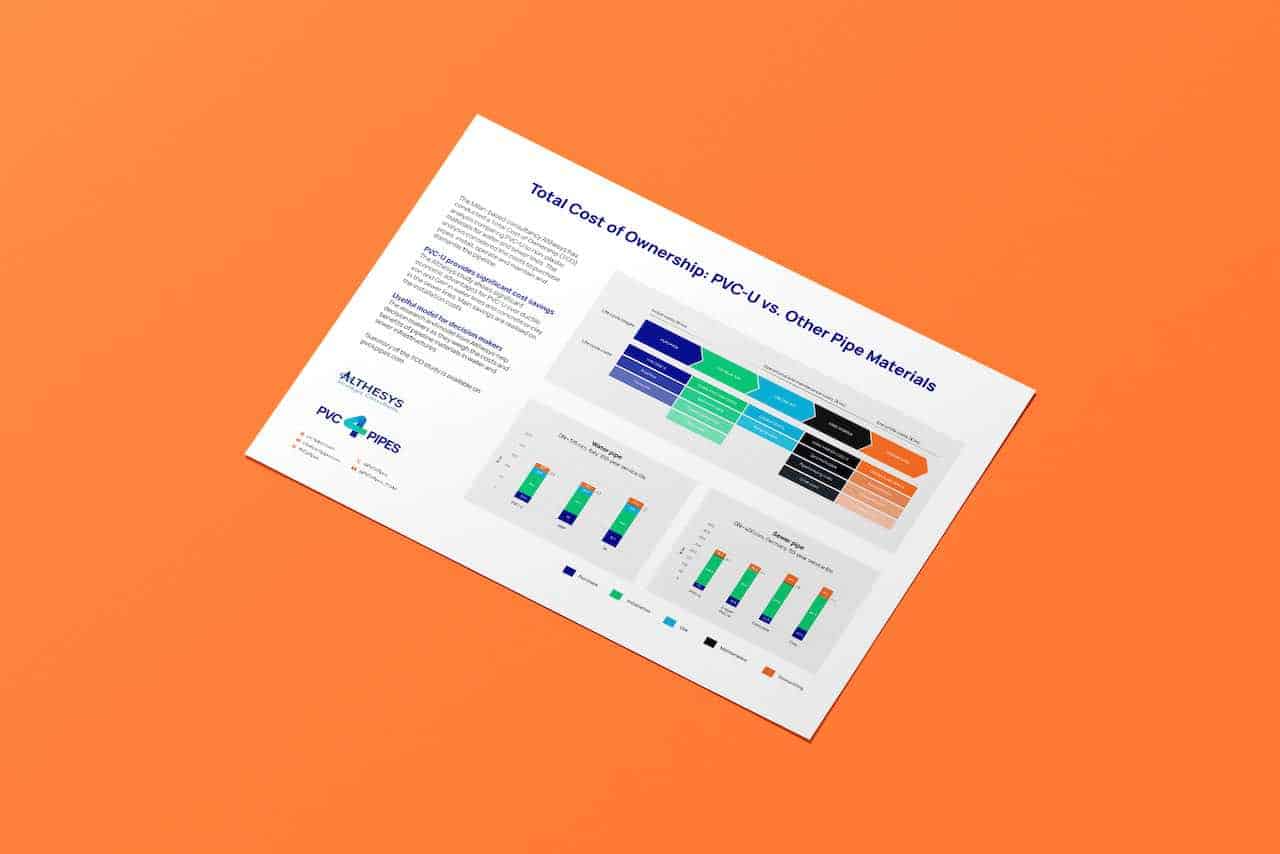
Total Cost of Ownership: PVC-U vs. Other Pipe Materials
Fact sheet based on the study PVC-U Pipe Competitiveness: A Total Cost of Ownership Approach.
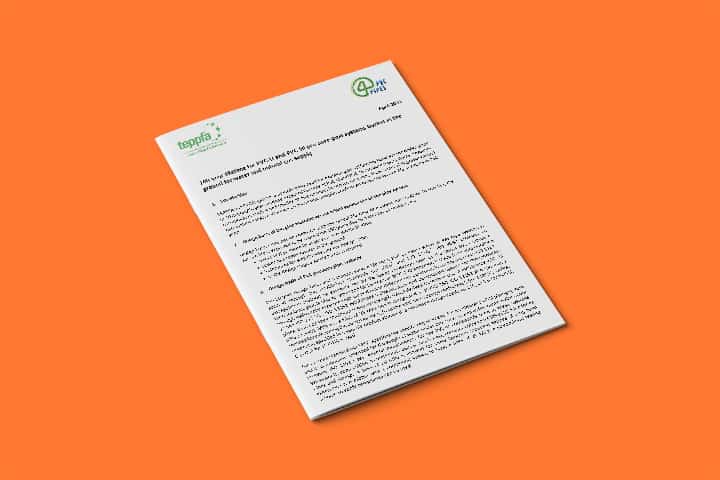
100-Year Lifetime for PVC-U and PVC-Hi Pressure Pipe Systems Buried in the Ground for Water and Natural Gas Supply
Joint position paper by TEPPFA and PVC4Pipes.
Durability is key for underground piping systems, as it is costly to install and replace pipes buried in the ground. TEPPFA and PVC4Pipes have identified the need for explaining the difference between the design point at 20 degree/50 years and the expected life time of PVC-U and PVC-Hi pressure pipe systems.
Research, extrapolation studies and studies of dug-up pipes in service for years show minimal degradation and extrapolative tests performed on these test samples confirm an expected service life in excess of 100 years.
